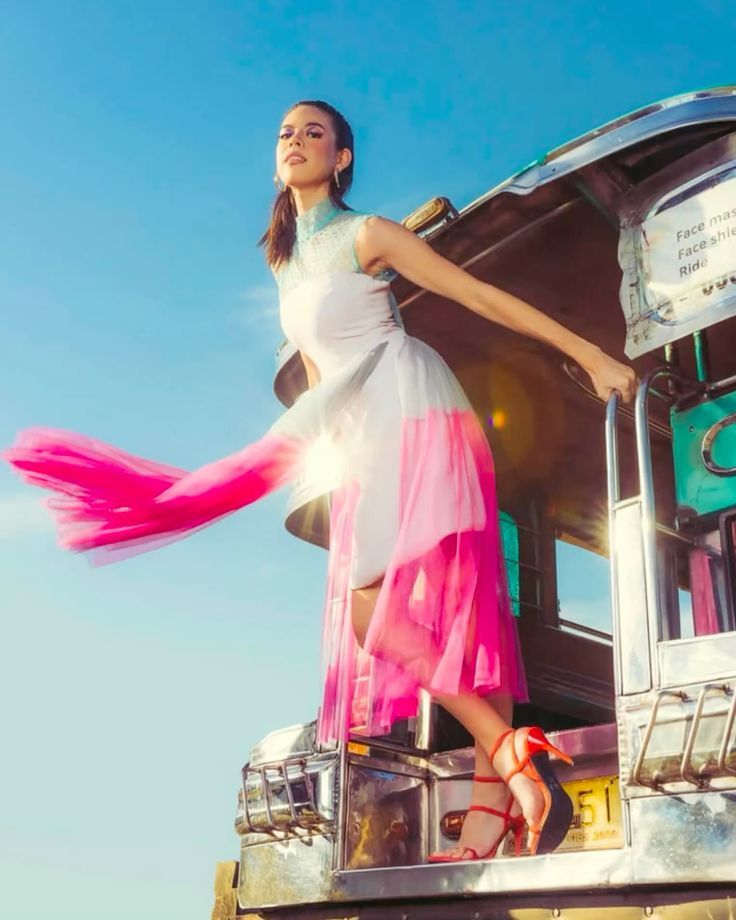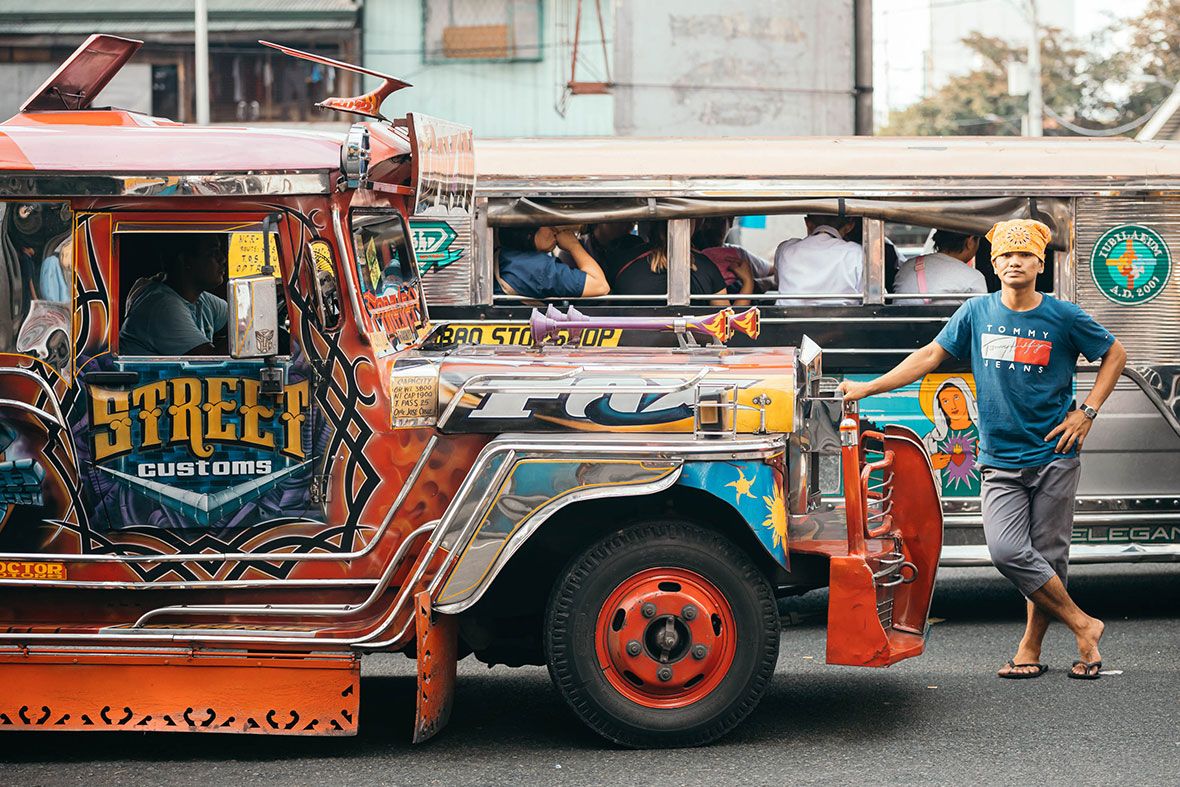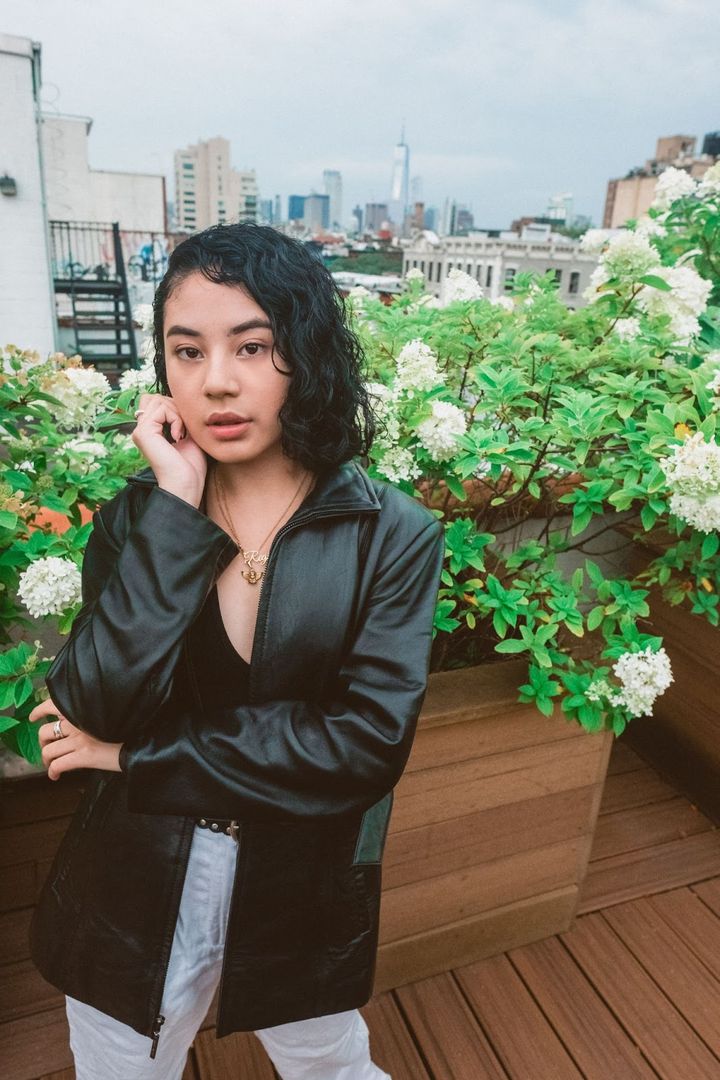
By Regine Anastacio
For Filipina writer Regine Anastacio, the jeepneys of Manila and the subways of New York share a common role: both turn city streets into visual archives. In this piece, she reflects on how jeepney aesthetics, layered, colorful, unapologetic, offer a uniquely Filipino contribution to fashion’s ongoing dialogue with street culture.
Manila’s traffic may be infamous, but it hides a moving gallery. Jeepneys, the chrome-plated, riotously decorated vehicles that dominate the city’s roads, are more than just transportation. They are icons of Filipino creativity, blending maximalism, typography, and color into rolling works of art. For writer Regine Anastacio, these vehicles are not only nostalgic but also deeply instructive. Their aesthetic echoes in the way fashion mines everyday culture, much like how New York City’s subways have shaped streetwear.
Born out of post-World War II ingenuity, jeepneys began as surplus American military jeeps, extended and refashioned to carry more passengers. Over time, they evolved into blank canvases for Filipino artisans. No two jeepneys are ever alike. They gleam with chrome horses or eagles bolted to hoods, names stenciled in bold block letters, neon gradients airbrushed across doors, and a dizzying mix of Catholic iconography, superheroes, and family tributes.
To Anastacio, this is not mere decoration. “The jeepney aesthetic is democratic art,” she notes. “It belongs to everyone who rides it and everyone who sees it on the street. It turns something as ordinary as public transport into a site of spectacle.”
The layering of fonts, colors, and imagery mirrors the ethos of fashion maximalism. Just as designers pile textures and embellishments onto garments, jeepneys refuse restraint. Their power lies in abundance.

What jeepneys represent in Manila, the subway does for New York. For decades, graffiti, transit tokens, and subway signage have seeped into fashion collections. Streetwear brands like Supreme and Awake NY have borrowed MTA logos and colorways, turning the visual language of the subway into clothing. High fashion, too, has flirted with subway iconography, from runway shows staged in stations to editorial shoots against tiled backdrops.
Anastacio sees a parallel: “The subway and the jeepney are both public spaces transformed into cultural archives. Designers mine them because they are charged with memory, community, and rebellion.”
In both cities, transportation systems are not neutral. They are loaded with identity and expression. When fashion adopts their imagery, it taps into the authenticity of lived experience.

While jeepney aesthetics have yet to saturate global runways, hints of them appear in Filipino designers’ work. Brands like Team Manila have long drawn from jeepney typography in their graphic tees. Streetwear label Daily Grind incorporates visual noise reminiscent of the vehicles’ decals. Couture designers, meanwhile, often channel the spirit of jeepneys through embroidery and embellishment, translating everyday excess into luxury craft.
Even outside the Philippines, echoes of jeepneys can be felt. The maximalist layering of Gucci under Alessandro Michele, for instance, shares an aesthetic kinship: a refusal of minimalism, a celebration of overload. Anastacio argues that “while Michele may not have cited jeepneys directly, the sensibility of ornament without apology resonates with the Filipino approach.”
Among diaspora creatives, jeepneys often surface as motifs of memory. In illustrations, photography projects, and independent fashion lines, they stand in for home. For Filipinos abroad, the jeepney is not only a symbol of mobility but also of cultural grounding, a reminder of where one comes from.

It would be easy to reduce jeepney decoration to kitsch, but Anastacio urges a deeper reading. “Each jeepney tells a story,” she says. “The names hand-painted across windshields are often dedications to family members. Religious verses reflect faith. Pop culture decals connect drivers to global trends. Together, they form a patchwork of identity.”
In this way, jeepney aesthetics resist erasure. They persist even amid government plans to phase out traditional jeepneys in favor of modernized fleets. For many Filipinos, these decorated vehicles symbolize resilience, an insistence that creativity thrives even in the face of regulation and urban development.
Fashion, too, thrives on this tension between preservation and reinvention. Just as couture gowns can be passed down as heirlooms, jeepneys carry legacies painted across steel.
For Anastacio, who is based in New York, the resonance between jeepneys and the subway is more than an intellectual comparison. It is personal. Walking through subway stations plastered with bold Helvetica signage and layered advertisements, she is reminded of Manila’s streets. “Both environments overwhelm you,” she reflects. “But in that overload, there is beauty. It teaches you how to see pattern in chaos.”
In her view, recognizing jeepneys within the global fashion conversation is an act of cultural acknowledgment. Just as New York graffiti became legitimized once it entered galleries and fashion collections, so too can jeepney aesthetics claim their place as a design language worthy of study.

Ultimately, Anastacio believes jeepneys demonstrate how culture moves. They are in constant motion, literally and figuratively, transporting bodies while also carrying symbols. To fold them into fashion is to honor a uniquely Filipino vocabulary of design.
“Fashion has always borrowed from the street,” she concludes. “The jeepney is our street. It is maximalist, layered, emotional, and proud. And when I see parallels between a Manila jeepney and a New York subway wall, I feel a bridge between my two worlds. Both are reminders that art is never confined to galleries or runways, sometimes it is painted on steel, racing through traffic.”